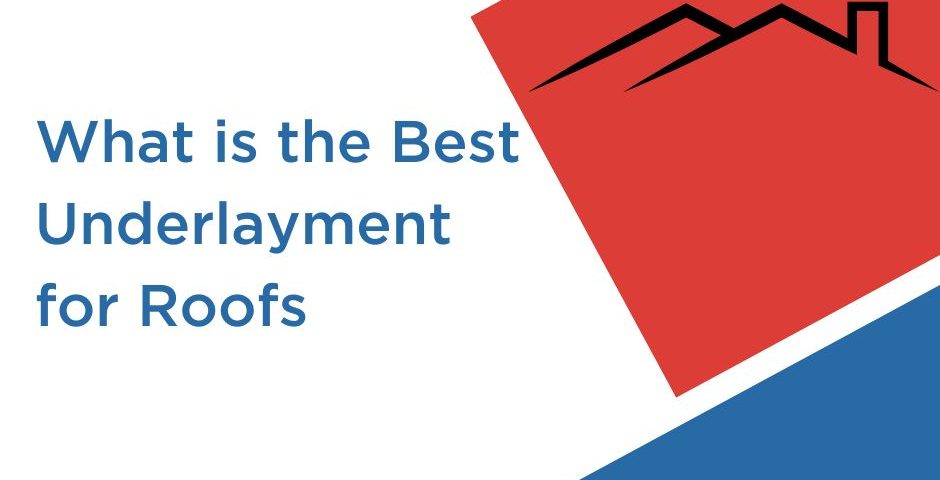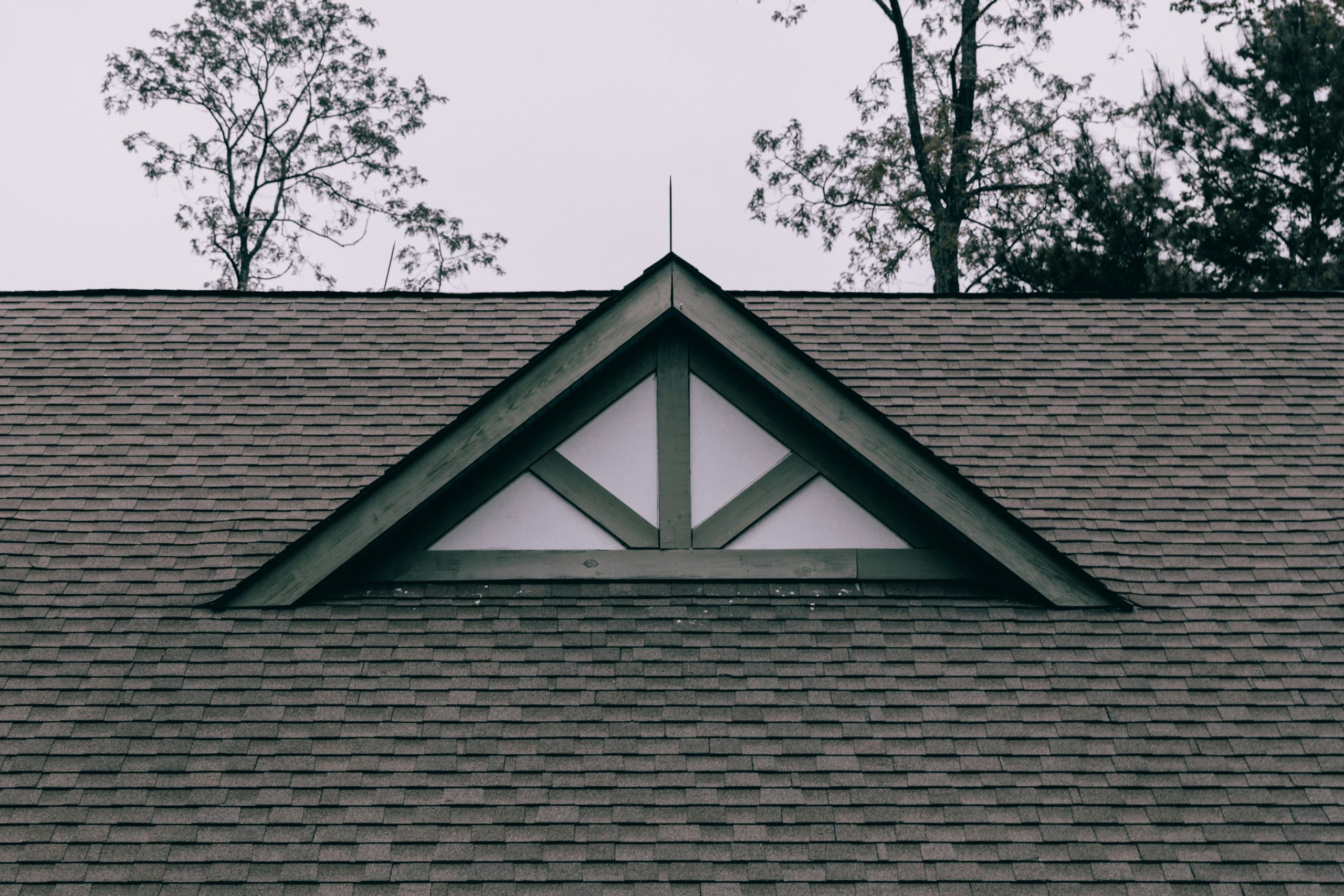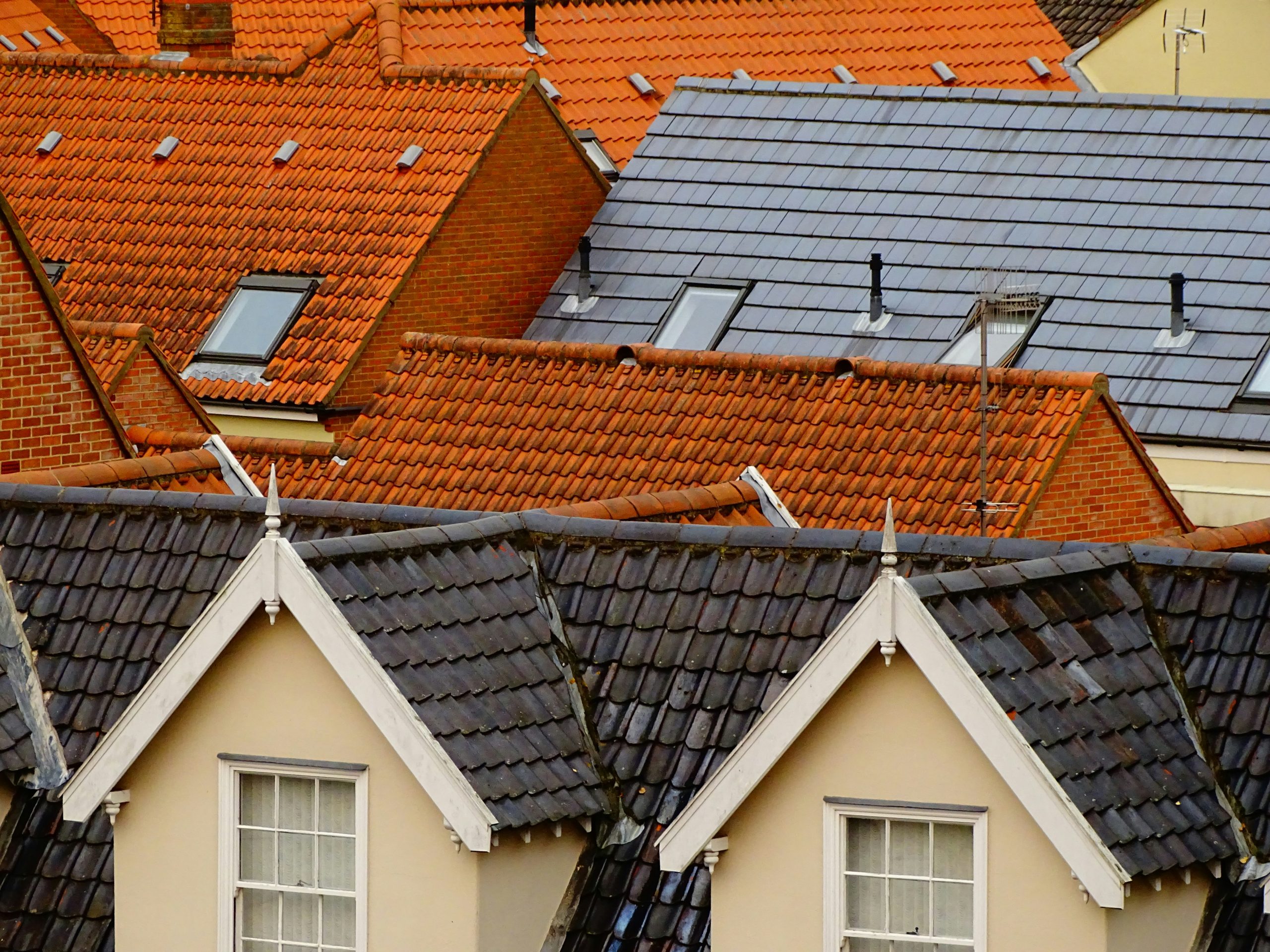
If you’re looking to install a new roof to your building, not only will you need a good and secure wooden roof deck and reliable shingles (or roof tiles) - but you’ll want to get the best roof underlayment you can to improve the standard of your roof and its integrity.
At Fastbuild, we stock a range of roofing products for your project. We explore the best roof underlayments and the different types available, as well as their pros and cons - so you can make the right decision.
What is Roof Underlayment and Why Do You Need It?
Roof underlayment is a type of material that sits between the wooden roof deck and the roof shingles (or roof tiles, if you plan on using those).
Roofing underlayment provides an additional layer of protection from the elements and extra water protection - crucial to ensuring the roof’s integrity throughout its lifetime. It also adds an extra layer of insulation, an even surface for shingles to be attached to, and acts as a shield around your roof flashing.

The Best Roof Underlayments Available
There are many different types of roofing underlayment available. But what is the best? Let’s explore the various types and best options on the market today.
1. Breathable Membrane
At Fastbuild, we stock one of the latest and most innovative types of roof underlayment: breathable membrane. This membrane has been approved for use as a breathable roof underlay. It’s suitable for installation over insulation, boarded roofs, and rafters.
Pros of Breathable Membrane
- Extremely breathable
- Excellent water resistance
- Protective barrier against moisture ingress
- Improve energy efficiency
- Lightweight for easy installation
Cons of Breathable Membrane
- More expensive than alternatives
- Not as waterproof as alternatives
2. Felt Underlayment
Also known as felt paper, it is made from organic felt paper or matte completely saturated in asphalt (a dark petroleum-like material). It is still pliable and easily bent.
Pros of Felt Underlayment
- Water-resistant
- Cost-effective
- Easy to install
- Durability (withstand normal weather conditions)
- Breathability
Cons of Felt Underlayment
- Limited lifespan (shorter lifespan compared to synthetic alternatives)
- More prone to wear and tear
- Additional weight (can be heavier than alternatives, adding to the weight of the roof)
- Not suitable for all climates (such as humidity)
3. Synthetic Underlayment
Often made from several polymers woven together, specific materials can vary depending on the manufacturer. Synthetic roof underlayments are usually made from polypropylene or polyethylene plastic material. Although its design is lightweight, it's still strong, making it an ideal choice.
Pros of Synthetic Underlayment
- Durability
- Toughness
- Good tear resistance
- Secure walking surface for builders
- More coverage per roll
- Water and mould resistance
Cons of Synthetic Underlayment
- Not as robust in areas with high winds or extreme temperatures
- More expensive than felt material

How to Install Roof Underlayment
Follow our step-by-step guide below on how to install a roof underlayment.
1. Clean the Roof Deck
Firstly, you want to clean your roof deck, as the roof underlayment will be installed on top of it. If you’re also adding new shingles to your roof, make sure to remove the old shingles first. Using a brush, sweep away any dust and dirt from the sheathing. Also, remove stray roof fasteners that may penetrate the underlayment and cause holes.
Any damaged sheathing will need to be replaced before going any further.
2. Apply the Drip Edge
Next, attach the drip edge flashing to the roof's eaves. Secure the drip edge along the edge of the roof’s deck, ensuring a slight overhang so any runoff is directed into the gutters.
3. Chalk Line the Underlayment Material
Using our Chalk Line Set, snap chalk lines to help guide the roof underlayment. Refer to the manufacturer’s spacing guidelines as a reference. If you’re overlapping any sheets, there should be enough overlap for an effective water barrier.
4. Roll out the Underlayment
Finally, roll out the underlayment, smoothing it as you go along. Work from the bottom of the roof up, using capped roofing nails every metre (or according to the manufacturer’s spacing guide) to ensure there are no wrinkles or air bubbles, allowing you to pull the underlay sheet tight.
Depending on the underlay material, markings may be printed on the sheet to follow.
If working around chimneys or other obstacles, cut around them carefully, ensuring you leave enough space.
How Long Can Roof Underlayment Be Exposed?
We recommend not leaving your roof underlay exposed for more than 90 days. Although underlayment can get wet, it’s best to plan your roof installation so it isn’t exposed to the elements for too long.
How Long Does Roof Underlayment Last?
A traditional asphalt roof lasts roughly 15 to 30 years, but newer synthetic alternatives can last anywhere between 20 and 50 years. Another factor to consider is the weather conditions and climate the roof is exposed to, as this will impact the roof’s underlayment longevity.
Do I Need an Underlay for a Shed Roof?
Although applying an underlayment to a shed roof is not essential, we recommend it if you want to maintain the shed’s integrity and if you’ll be spending a lot of time in it.





